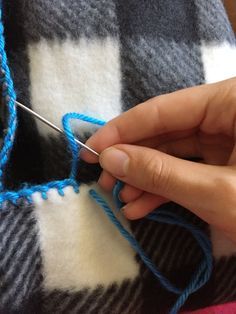How to Fake Laugh

We’ve all been in situations where it’s necessary to show a bit of amusement, even when the joke or circumstance isn’t actually that funny. Maybe it’s your supervisor’s attempt at humor or perhaps an otherwise dull conversation can use some livening up. Enters the art of the fake laugh — an essential social skill that can help you thrive in various scenarios.
In this article, we will walk you through a step-by-step guide on how to perfect your fake laugh without hurting anyone’s feelings or appearing insincere.
1. Observe Genuine Laughter:
To fake laughter convincingly, it is essential to have an idea of what real laughter looks like. Pay attention to your genuine laugh, as well as those of others. Observe how laughter affects the entire body and how people hold themselves during genuine moments of amusement.
2. Choose Your Style:
There are many types of laughs, so pick one that complements your personality and is easiest for you to emulate. You might opt for a subtle chuckle, a hearty guffaw, or a gentle giggle. Whatever style you choose, ensure it feels comfortable and natural.
3. Practice Your Technique:
Now that you have chosen the desired style, perfect your technique with some practice! Stand before a mirror and work on mastering the facial expressions, tone variations, and body language associated with authentic laughter.
Step 1: Start with a smile – A genuine smile involves not only the lips but also the eyes and cheeks. Curl up your lips into a smile while pushing your cheeks upwards and crinkling your eyes slightly.
Step 2: Add some sound – Gradually infuse your smile with vocalization, taking note of the shape and position of your mouth when doing so. Be mindful of volume; too loud might be off-putting, while too soft may get lost in the noise of a gathering.
Step 3: Involve your body – Real laughter oftentimes includes physical responses such as shaking shoulders or holding your stomach. Mimic these movements to add authenticity to your fake laugh.
4. Know When to Laugh:
Timing is crucial when deploying a fake laugh. Pay attention to social cues and pick the moments wisely. Faking laughter too early or too late in a conversation might give away your disingenuousness, while laughing at an inappropriate remark could create an awkward situation.
5. Keep it Brief:
To maintain the illusion, limit the duration of your fake laugh. Quick bursts or short chuckles work best. Prolonging the laugh might make others suspicious, and you might even end up genuinely laughing at your own fake laughter — which is better avoided in some situations.
6. Ease Out:
Conclude your faux display of amusement with grace by tapering off the laugh gradually and shifting back into an engaged smile. This seamless transition will make for a convincing performance.
Mastering the art of fake laughter requires observation, practice, and intuition. By following these guidelines, you can handle any social scenario with tact and charm. Remember always to be mindful of people’s feelings and never use this skill to mock or belittle others. Happy (fake) laughing!






